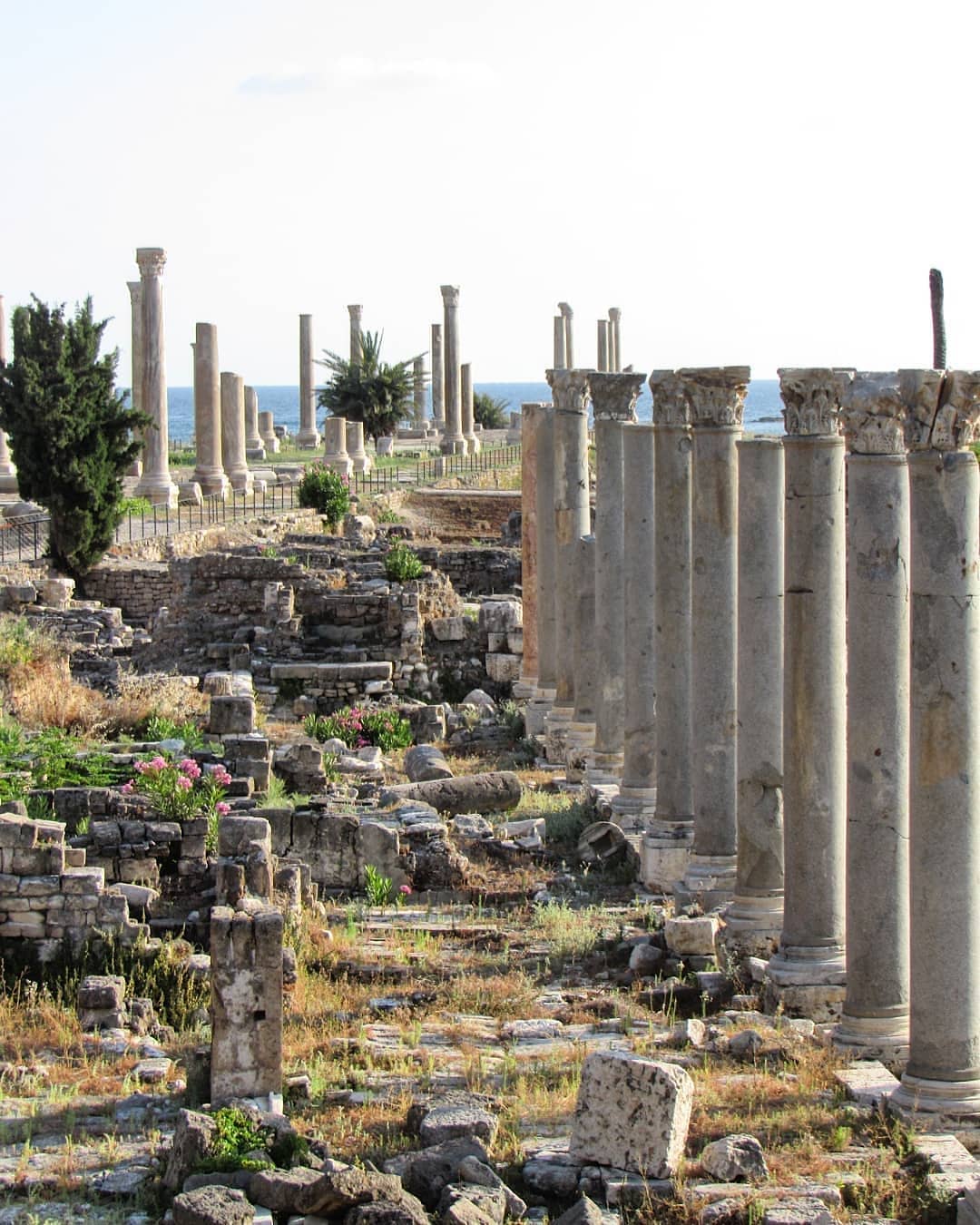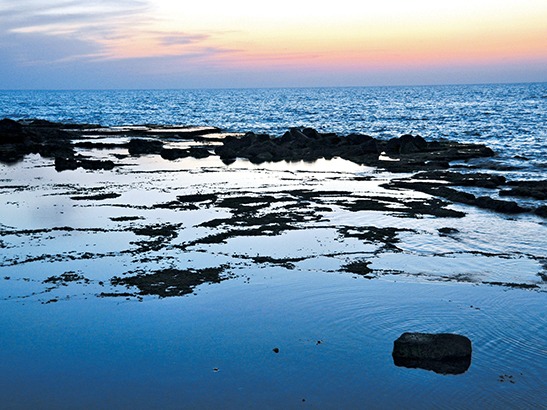Tyre is an ancient Phoenician city in southern Lebanon, just out into the Mediterranean Sea. About 83 km south of Beirut, it is the fourth largest city of Lebanon and it’s also known by the modern name, Sour.
The legendary birthplace of Europa and Elissa (Dido) it amassed great wealth and power from the export of purple dye. In the first century AD, Tyre was the home of a Christian community visited by St. Paul. In the 12th century it became a major stronghold of the Crusaders. It was added to UNESCO’s World Heritage list in 1984.
Tyre appears on monuments as early as 1500 BC, and claiming, according to Herodotus, to have been founded about 2700 BC. The inhabitants of Tyre were leading merchants in the ancient world. The city of Tyre was particularly known for the production of a rare sort of purple dye, known as Tyrian purple, which was in many ancient cultures reserved for royal use.
Day 1: Arrive in the city of Tyre and stay overnight at the Rest House (+961 7 742 000) or Al Fanar (+961 7 741 111). Wake up in the morning and go straight to:
- Al Mina Archaeological Site. Upon entering, a double line of columns to the right is thought to be part of the market place. Further down is a long colonnaded road leading directly to what was the southern harbor. The marble sections of the pavement date back to the Roman era, while the black-and-white mosaic street is Byzantine. To the right of the road, below a modern cemetery, are the remains of an unusual, rectangular arena, with five rows of terraced seating cut in to limestone. In the center was a pool that may have been used for some kind of spectator water sport. Beside the arena, and covering the area heading south towards the harbor, was the settlement’s residential quarter. Across the colonnaded main road is the ruin of an extensive Roman bathhouse.

Photo – tyrepage
- The southernmost tip is the site of Egyptian port and a look at over the side catches a glimpse of the underwater archaeological site.
Now leave the ruins and walk towards the Crusader Cathedral (Holy Cross).
Then, check out the Ottoman style souk with its brightly colored merchandise.
- A quick walk around the arrow alleys of the Christian quarter, including a look at the lighthouse will bring you out at a bustling little harbor.
- At this fishing port meet boat makers, as well as fishermen mending nets. You’ll be more than welcome to share a glass of tea and watch them play backgammon as they wait to sail.
For lunch you could take a boat trip to the ZIREH (small island) with delicious sandwiches from Mahfouz (+961 7 740131) (parallel to the harbor) or have lunch at Le Phenicien (+961 7 740564) in the harbor.
During a leisurely stroll around the Bass ruins you can see the remains of a Roman cemetery (necropolis) with several freestanding stone tombs, a Roman triumphal arch, bathhouse, aqueduct and street and a Byzantine mosaic floor from an ancient church. Tyre’s hippodrome, of which a significant amount survives, is unique in being built of stone instead of the more usual brick. It could seat 20,000 spectators.
- Watch the sunset at the city’s nature reserve and golden beach.
Dinner must be by the sea at Cloud 59 (+961 3 517996), one of Al Chawakir Khiam, or Al Jammal cafes and restaurants before heading just south of Tyre for an overnight at the Orange House (+961 7 320063), Al Yasmine Guest House (+961 3 372888) or Two Rooms (+961 3 218624).

Photo – Tyre
Day 2:
Visit Bourak Ras El Ain (6 km south pf Tyre). The wells have been a source of water since Phoenician times.
Then to the reported tomb of King Ahiram (Hiram) 970-936 BC, contemporary of King David, who sent cedar and craftsmen to help build King Solomon’s temple in Jerusalem. It is located on the road to Qana El-Jaleel, 6 km southeast of Tyre.
Which brings on the way to Qana and the Gallery of Lebanese modern artist Moussa Tiba, who spends his time between Lebanon and France, is in a private mansion so call 07430149 before going. Christ is said to have performed his first miracle in Qana that of turning water into wine. Although there is controversy as to which Qana this was, stone basins can be seen here. To the north of the town is the Cave of Qana, where early stone sculptures are thought to depict a group of 13 people (Christ and his disciples).
Have lunch in the picturesque town of Tibnine at Al Kashef Resthouse (Estiraha) (+961 3 697107 or +961 7 325991).
End the day by visiting Tibnine Castle. Prince Hugh of Saint Omer, the governor of Tiberias built the Crusader Castle in the year 1105 to prepare for the siege of Tyre but it was later conquered by Saladin in 1187 and then taken back by the Franks in 1229. Mamluke Sultan Al-Zahir Baibars of Egypt finally conquered it in 1266 and it’s been in Arab hands ever since.
Contacts at a glance
- Al Fanar +961 7 741111
Hotel, pub and restaurant on the sea by the lighthouse alfanarresort.com
- Orange House +961 7 320063
A B&B and conservation project in Mansourieh Village,15km south of Tyre, non-Lebanese need to get passes from the Lebanese army to be able to get to the B&B. orangehouseproject.com
- Tyre Rest House +961 7 742000
A sprawling hotel, right on Tyre’s golden sands, that has it own beach and swimming pool. resthouse-tyr.com.lb
- Al Yasmine Guest House +961 3 372888
A new luxury B&B with swimming pool just opened in Maaliye beyond Tyre. yasmineguesthouse.com
- Two Rooms +961 3 218624
Just what it says, a two room B&B on the beach just south of Tyre.
- Cloud 59 +961 3 517996
Hut 59 on Tyre beach open only in summer is good for lunch or dinner.
- Al Jammal
A group of cafes and restaurants on the sea opposite the Mina ruins where you can take your own fish.
- Le Phenicien +961 7 740564 / +961 7 741562
Restaurant in the old habor famed for its fish mezze.
- tyremunicipality.com – tyros.leb.net
Article published on August 20, 2021
Article edited on September 28, 2021
Loading
